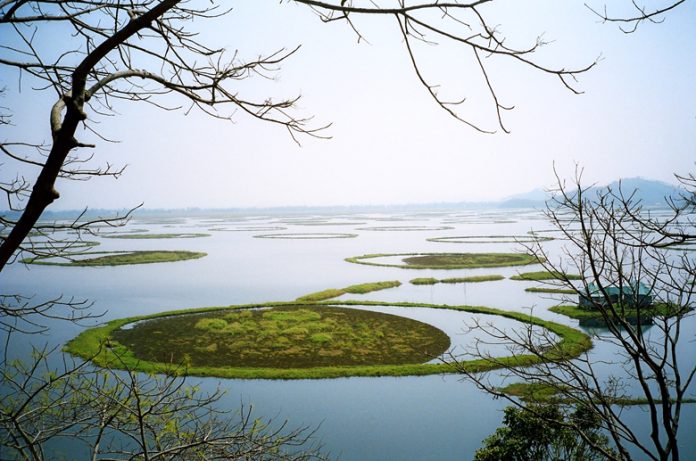The High Court of Jammu and Kashmir and Ladakh accorded the Jammu and Kashmir Government a final opportunity to furnish a report elucidating the status of wetlands acknowledged as internationally significant and designated Ramsar Sites in J&K. In a suo moto Public Interest Litigation (PIL), a division bench denoted the Government’s failure to submit the status report as a “serious lapse.” Despite a court order from September 9 last year, the J&K Government has yet to comply, in stark contrast to the Union Territory of Ladakh, which has adhered to the directive.
The Union Territories, stemming from the erstwhile Jammu and Kashmir State, harbour hundreds of wetlands, both sizable and diminutive, spanning all twenty-two districts across J&K and Ladakh. Among this multitude, seven stand out as of unparalleled international importance, surpassing their counterparts. Regrettably, these Ramsar sanctuaries, revered for years as global tourist magnets and pillars supporting the livelihoods of local communities through avenues such as fishing, agriculture, and tourism-related occupations, now face an ominous decline. The looming spectres of gradual siltation, insidious encroachment, escalating pollution, and Governmental neglect cast a foreboding shadow over their pristine existence. Wetlands, intrinsic to the very fabric of human civilization, have historically bestowed fertility upon agricultural lands through bird droppings and sedimentation. As reservoirs of freshwater, they play a pivotal role in supporting river systems, recharging groundwater, and mitigating the impact of floods. Yet the ominous spectre of their destruction portends disastrous consequences.
The imperative duty of upholding ecological equilibrium and safeguarding Ramsar wetlands squarely rests on the shoulders of the Government. Undoubtedly, this undertaking stands as an arduous challenge, necessitating the harmonious collaboration of diverse Government Departments. The encroachment epidemic has cast its blight upon both major and minor wetlands, sprawling across kilometres of invaluable terrain. The insidious incursion of silt compounds the predicament, relentlessly gnawing away at the expansive wetland areas. Lamentably, unattended complications such as wanton garbage dumping and untreated sewage exacerbate the environmental plight. In certain instances, the absence of demarcation between state land, forest land, wildlife sanctuaries, and private domains muddles the landscape, leading to an egregious passing of the buck among various departments. The nettlesome consequence is an abdication of responsibility, with each department conveniently evading accountability. The situation has reached an acutely precarious juncture as encroachments precipitate a reduction in freshwater intake, metamorphosing once-pristine wetlands into morass-laden expanses. The collateral damage is extensive, with the disappearance of hundreds of aquatic varieties underscoring the ecological calamity.
It is imperative to comprehend that while courts possess the authority to issue directives, pragmatic execution on the ground necessitates the unwavering commitment of the administration. In this lamentable scenario, even after the judicial mandate for a status report, an entire year has elapsed without the Government fulfilling this elementary obligation. With each passing month, these wetlands languish in a slow death spiral, teetering on the precipice of extinction. The authorities cannot sidestep their responsibilities, and the High Court’s judicious decision to grant a final opportunity to submit the long-overdue status report before punitive measures are not only apt but imperative.
Unless expeditious and effective action is undertaken forthwith, the inexorable march of time will consign these invaluable ecosystems to the annals of extinction. The authorities must not abrogate their duties, and the resolute stance of the High Court stands as a beacon, demanding the fulfilment of obligations and the restoration of these imperilled wetlands from the brink of oblivion. As freshwater sources dwindle, the imperative to safeguard wetlands assumes unparalleled significance, demanding a collective will to stave off their irrevocable decline.


